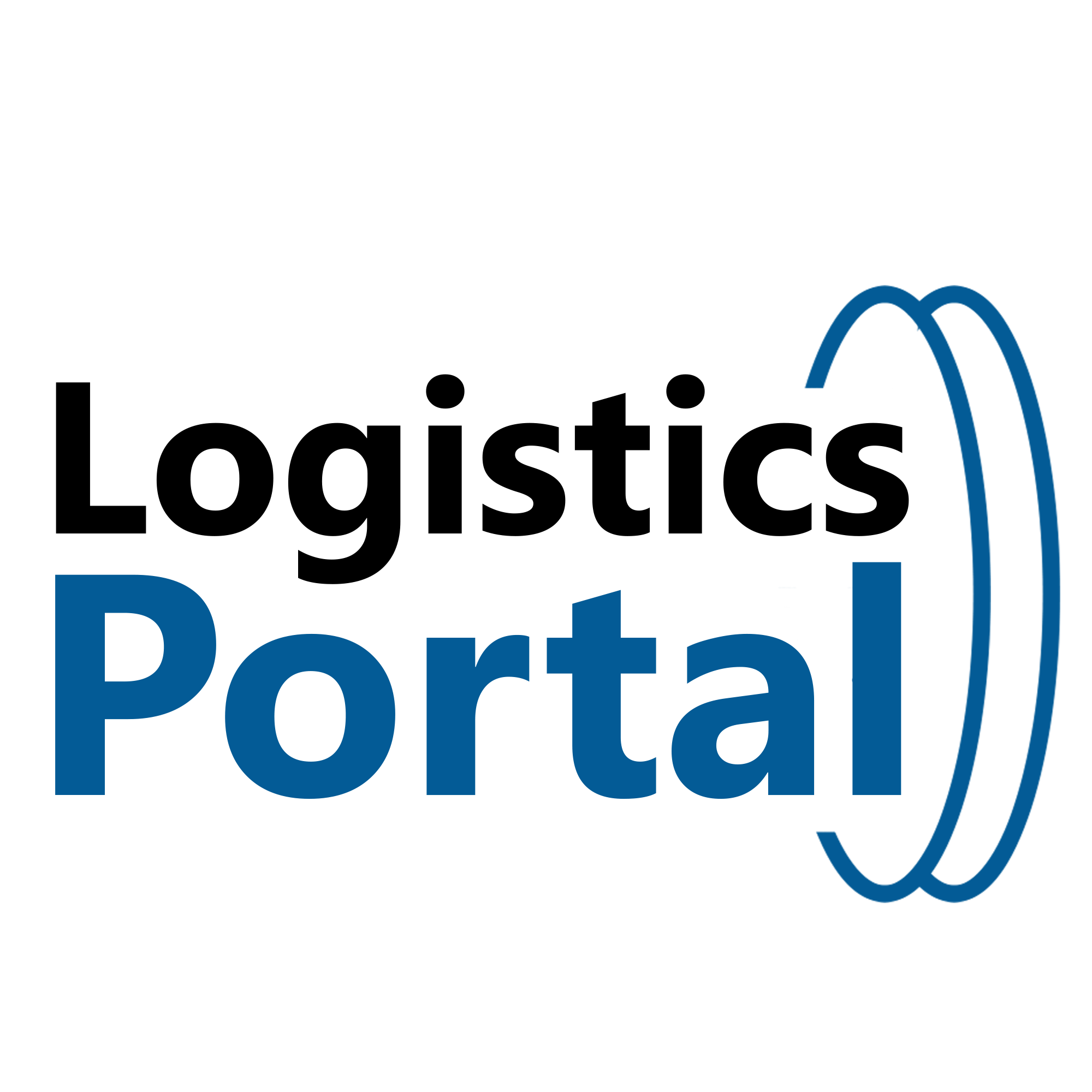Introduction:
In the ever-evolving landscape of global trade, supply chain visibility and resilience have emerged as pivotal elements in ensuring operational efficiency and risk management. As supply chains become more complex and interconnected, the need for deeper visibility beyond Tier 1 suppliers is becoming critical. This necessity stems from the pressing need to manage risks effectively and meet stringent regulatory requirements. Technologies such as control towers and digital twins are revolutionizing how companies gain insights into their supply chains, significantly enhancing their ability to respond to disruptions.
Exploring the Need for Deeper Visibility:
The modern supply chain is a vast network involving numerous suppliers, manufacturers, and distributors. Traditionally, companies have focused on their Tier 1 suppliers—those with whom they have direct relationships. However, disruptions often originate from Tier 2, Tier 3, or even deeper levels of the supply chain. Events such as natural disasters, geopolitical tensions, and pandemics can severely impact these lower-tier suppliers, subsequently affecting the entire supply chain.
Current trends highlight the growing importance of multi-tier visibility. According to a recent report by Deloitte, 65% of procurement leaders consider visibility beyond Tier 1 a high priority. Additionally, the increasing complexity of regulatory requirements, such as the U.S. SEC’s proposed climate disclosure rules, necessitates comprehensive transparency across all supply chain tiers.
Technologies Enabling Enhanced Supply Chain Visibility:
1. Control Towers: These are centralized hubs that provide end-to-end visibility across the entire supply chain. By integrating data from various sources, control towers offer real-time insights and enable proactive decision-making. For instance, a control tower can monitor shipment statuses, track inventory levels, and predict potential disruptions, allowing companies to respond swiftly.
2. Digital Twins: A digital twin is a virtual replica of a physical entity—in this case, a supply chain. By simulating different scenarios, digital twins help companies understand the impact of various factors on their supply chain. This technology enables organizations to identify vulnerabilities, optimize processes, and enhance resilience. For example, a digital twin can model the effects of a supplier’s shutdown due to a natural disaster and suggest alternative suppliers or routes.
Practical Examples and Case Studies:
Example 1: Automotive Industry
An automotive manufacturer relying on a Tier 2 supplier for critical components faced significant disruptions when the supplier’s factory was hit by a hurricane. By utilizing a control tower, the manufacturer was able to identify the disruption immediately, assess the impact on production, and quickly source alternative suppliers, minimizing downtime.
Example 2: Pharmaceutical Industry
A pharmaceutical company leveraged digital twin technology to simulate the supply chain impact of a regulatory change in a key market. This simulation allowed the company to adjust its supply chain strategy proactively, ensuring compliance and continuity of supply.
Actionable Strategies for Freightgate’s Audience:
1. Implement Control Towers: Invest in control tower technology to gain real-time, end-to-end visibility of your supply chain. This will enable proactive management and quick response to disruptions.
2. Adopt Digital Twins: Use digital twin technology to create virtual replicas of your supply chain. This can help in identifying potential vulnerabilities and testing different scenarios to enhance resilience.
3. Enhance Supplier Collaboration: Build stronger relationships with your suppliers at all tiers. Share data and insights to improve transparency and collective response to disruptions.
4. Regular Risk Assessments: Conduct regular risk assessments across all supply chain tiers. This helps in identifying potential threats and developing mitigation strategies.
5. Compliance Management: Stay updated with regulatory requirements and ensure that all tiers of your supply chain comply. This reduces the risk of non-compliance and associated penalties.
Conclusion:
In conclusion, deeper visibility beyond Tier 1 suppliers is no longer a luxury but a necessity in today’s complex supply chain environment. By leveraging technologies like control towers and digital twins, companies can gain critical insights, manage risks more effectively, and enhance their overall resilience. As the supply chain landscape continues to evolve, staying ahead of these trends is crucial for success.
At Freightgate, we specialize in providing innovative supply chain solutions that help companies achieve deeper visibility and greater resilience. Contact us today to learn how we can support your supply chain needs and ensure your operations remain robust and compliant in the face of disruptions.

